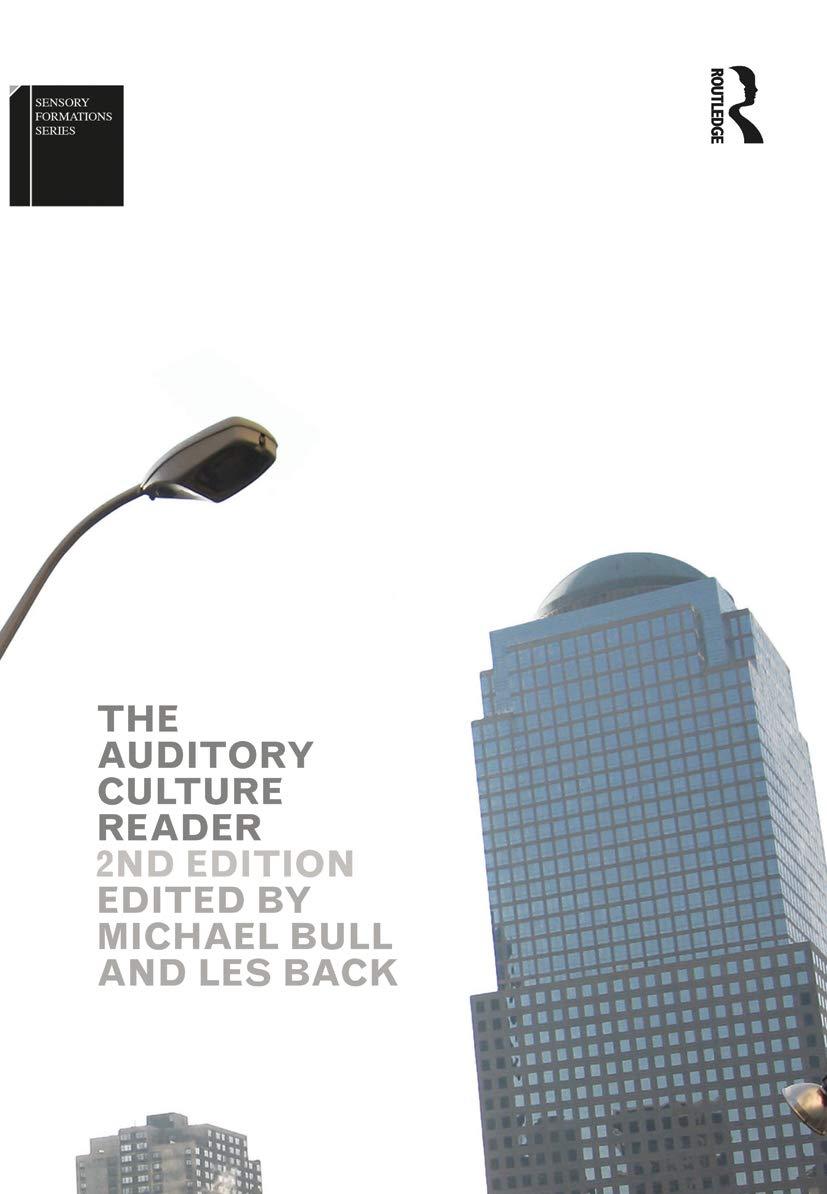Question
1. The concept of proper cutoff is most closely related to which two of these assertions? a. Existence or occurrence, and completeness. b. Existence or
1. The concept of "proper cutoff" is most closely related to which two of these assertions?
a. Existence or occurrence, and completeness.
b. Existence or occurrence, and accuracy (valuation).
c. Valuation or allocation, and presentation and disclosure.
d. Completeness, and classification.
e. Rights and obligations, and valuation or allocation.
2. In testing the completeness assertion, an auditor ordinarily tests in which direction?
a. From the financial statements to the potentially prematurely recorded items.
b. From the potentially prematurely recorded items to the financial statements.
c. From the supporting source documents to the accounting records.
d. From accounting records to the supporting source documents.
e. From the general ledger to the subsidiary ledger.
3. Which of the following statements is most accurate about the reliability of audit evidence?
a. Information obtained indirectly from independent outside sources is more persuasive than the auditor's direct personal knowledge obtained through observation and inspection.
b. The reliability of audit evidence refers to the amount of corroborative evidence obtained.
c. Verbal statements of fact by management are as reliable as documentary evidence.
d. To be viewed as reliable, audit evidence must be obtained from outside the audited entity.
e. The more effective the entity's internal controls, the more assurance it provides about the reliability of the accounting data and financial statements.
4 Which of the following circumstances would most likely conceal a misappropriation of cash and be least likely to be detected by an auditor?
a. Understating the sales journal.
b. Understating the cash receipts journal Understating the sales journal.
c. Overstating the accounts receivable subsidiary ledger.
d. Overstating the accounts receivable control account.
e. Understating the allowance for uncollectibles.
5.A service auditor's System and Organization Controls (SOC 1, Type 2) report fundamentally provides assurance to
a. Readers of the service organization's financial statements that there are no material misstatements.
b. User organizations who have outsourced transaction processing to the service organization that there are no misstatements in areas related to these services.
c. Customers of the various user organizations that their data and privacy are secure.
d. User auditors who audit the financial statements of the user organizations that the service organization's relevant controls are suitably designed and operating effectively.
e. Regulatory authorities that the service organization is in compliance with applicable laws and regulations affecting corporate conduct.
Step by Step Solution
There are 3 Steps involved in it
Step: 1

Get Instant Access to Expert-Tailored Solutions
See step-by-step solutions with expert insights and AI powered tools for academic success
Step: 2

Step: 3

Ace Your Homework with AI
Get the answers you need in no time with our AI-driven, step-by-step assistance
Get Started


